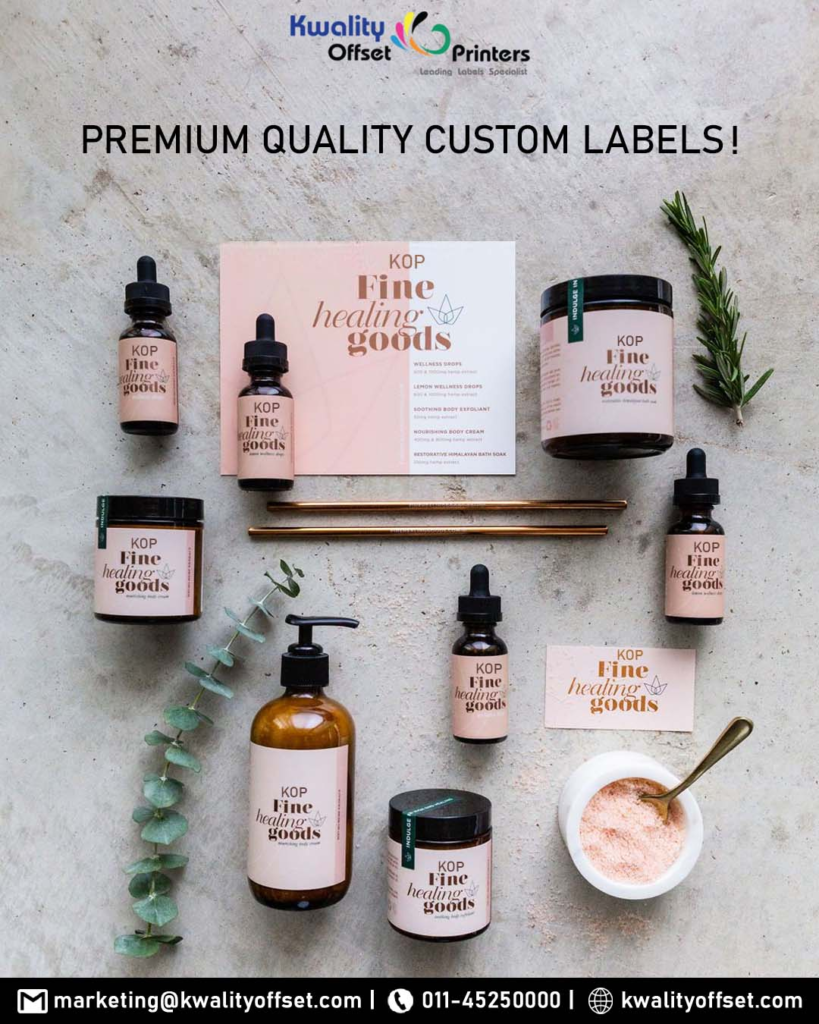Label types are the first thing your customers see when they pick up your products and can be used to help explain what ingredients are in the product, where it comes from, and how to use it. If you’re looking to get into e-commerce, you’ll need to decide on the best label type for each of your products depending on its ingredients, size, shape, and other factors. This article will help you decide which label type to use by highlighting some of the most popular choices and explaining when you should use them.

When to choose barcodes
Barcodes are most commonly used on products that will be sold in stores. If you plan to sell your product in a brick-and-mortar setting, then you’ll need to include a barcode on your packaging. Barcodes make it easy for retailers to scan and track inventory, which is why they’re so commonly used. There are different types of barcodes, but the most common one is the UPC (Universal Product Code). This type of barcode is what you’ll see on most products in stores.
However, some manufacturers may have their own private type of barcode. You can usually tell if this is the case because there’s a peel-here sticker where the code would typically be printed. These stickers typically have a long string of letters and numbers on them – this is called an EAN (European Article Number) or GS1 number. When checking out at the store, many cashiers don’t ask for this code since they can still find it by scanning your receipt; however, if you’re manufacturing goods yourself or want to send products directly to a retailer without having any sort of middlemen like Amazon between you and the consumer, then this code will prove useful as proof that you made these goods yourself.
When to choose QR codes
QR codes can be a great addition to your product labels, but they’re not right for every product. Here are a few things to consider before you decide to add QR codes to your labels:
-The type of product you’re selling: If you’re selling a perishable product, QR codes might not be the best option since they need to be scanned quickly.
-The size of your product: If your product is small, QR codes might not be the best option since they need to be scanned quickly.
-Your target market: If your target market is tech-savvy, QR codes might be a great option.
-And if you have a product that’s relatively large or doesn’t have an expiration date, then QR codes might be worth considering.
When to use text labels
You should use text labels when you want to provide the user with a description or additional information about an element on the page. Text labels can be used for form elements, links, or images. They can also be used to provide instructions or error messages. If you’re using a text label, make sure it’s placed close to the element it’s describing.
When to use image labels
You should use image labels when you want to provide the user with an icon or visual representation of something on the page. Image labels can be used to form elements, links, or images. They can also be used to provide instructions or error messages. If you’re using an image label, make sure it’s placed close to the element it’s describing.
When to put a logo on the product
A logo is a powerful marketing tool that can help make your product more recognizable and memorable. But before you add a logo to your product, there are a few things you should consider.
First, think about the type of product you have. If it’s a luxury item, a simple, elegant logo may be best. If it’s a mass-produced item, a more playful or whimsical logo may be appropriate.
You’ll also want to consider the size of your product and the packaging. A small product with minimal packaging may not need a logo at all. But if your product is large or has complex packaging, a logo can help it stand out on store shelves.
Finally, think about your target market. If you’re selling to businesses, a more conservative logo may be appropriate.
Conclusion

In conclusion, there are many different types of labels available on the market. Each type of label has its own unique benefits and drawbacks. Choosing the right type of label for your product will depend on your specific needs and requirements. By taking the time to understand the different types of labels available, you can make sure that you choose the best option for your product.
